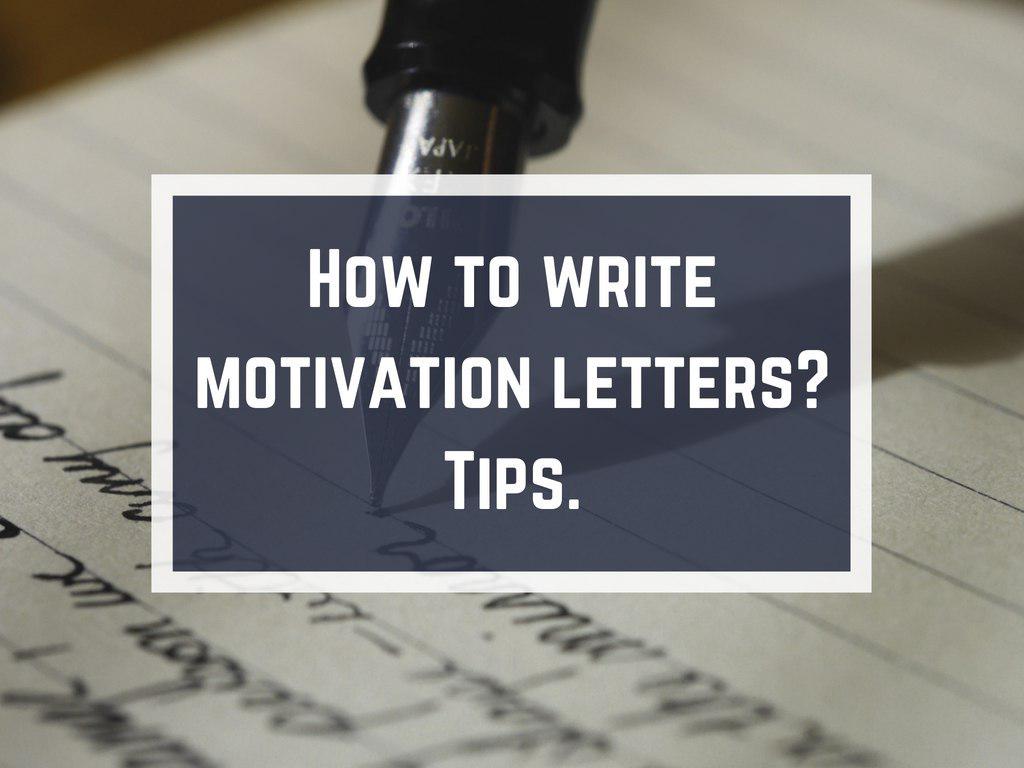Back How to write motivation letters? Tips.

How to write motivation letters? Tips.
Writing a motivation letter is a challenge for everyone: the first time a candidate suffers over a blank sheet, and already gaining some experience, can not choose the original concept.
We have gathered for you the basic tips that will help the beginner and give inspiration to an experienced candidate.
What is a motivation letter?
Typically, this is the text that reveals details of the candidate's application. It is written to the potential employer, the university admissions committee, the organizing committee of the conference, the forum and so on.
If the resume is the face of the candidate, then the motivation letter is the face of his project. Ideally, they complement each other and form a complete picture of the candidate and his ideas.
Summary and motivation letter are different, first of all, in the form of presentation of information: abstractly in summary, connected text in the letter.
Let's give some recommendations.
- Define the style.
Clarify the features of the genre in the country where you are sending the letter. For example, if you are going to write to France, then both versions will work: a letter written in the form of an essay, and in which the canon of the epistolary genre will be observed: an address to the addressee, the final formula of politeness. - Do not delay. Improve.
Writing a text, unless, of course, it is not a question of a sudden visit to a poetic muse, requires preparation. Writing a motivation letter - even more so! Therefore, do not postpone it for the night before deadline: a positive result is possible only if you go back to the text several times, improving it.
Stage one: Preparatory
It can be divided into several phases.
- Goal. Give yourself a clear answer to the question "Why do I write a motivation letter?". Having designated the purpose (job search, application for a scholarship, project description), you can proceed to compose the structure of the letter.
- Idea. As there is no text without preparation, there is also no text without the basic idea. And although it seems subconsciously that the idea of all motivational letters is the same - it's not enough to tell why you should be paid attention to. Everyone will want to pay attention. Become the one who correctly places the accents.
- Story. It is worth highlighting what this time will be your story. For example, about what led to the chosen specialty, if the previous education was received in another area. Or about why this internship is the very step to a career dream.
Detailed plan
When the main idea is formulated, it is possible to draw up a more detailed plan. The introduction, the main part and the conclusion remain always.
- Introduction and conclusion can be as classic (at the beginning — an idea of the candidate and the project, in the end — the final formula, an expression of hope for the interest in the candidacy) and more individual.
- Group ideas and arguments: the previous experience in one column, the reasons for interest in the position, the project and so on - in another, plans for the implementation of the skills received in future studies, work in the third. This will help not to forget the important and avoid illogical transitions.